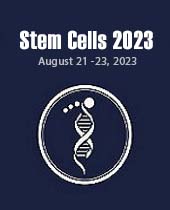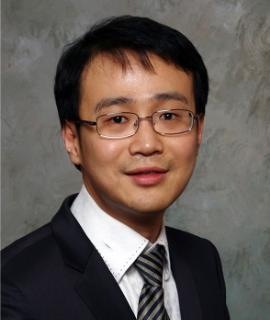Title : Engineering dental pulp stem cells in inferior alveolar nerve and dentin regeneration
Abstract:
Stem cell engineering is one of the recent advances in regenerative medicine. Stem cells that can differentiate into a variety of cells or secrete regeneration factors to promote regeneration are an alternative and essential candidate for regeneration therapy. Dental pulp stem cells (DPSC) are derived from neural crest which could give rise to glia and/or neurons due to their similarities to the neuronal cells and strong expression of neuronal markers, suggesting that DPSCs could actively adapt to the neuronal environment. Our data demonstrate that adjusting the microenvironments during DPSC differentiation by hypoxia, cell-to-cell contact and modification of the receptor/intracellular signaling significantly enhanced the regenerative capacity of the differentiated cells. We apply our engineered DPSCs in inferior alveolar nerve and dentin regeneration using our transgenic mouse model. The scientific data obtained from this project will provide a foundation for creating therapeutic tools that target DPSC for peripheral nerve and dentin-pulp complex regeneration.Stem cell engineering is one of the recent advances in regenerative medicine. Stem cells that can differentiate into a variety of cells or secrete regeneration factors to promote regeneration are an alternative and essential candidate for regeneration therapy. Dental pulp stem cells (DPSC) are derived from neural crest which could give rise to glia and/or neurons due to their similarities to the neuronal cells and strong expression of neuronal markers, suggesting that DPSCs could actively adapt to the neuronal environment. Our data demonstrate that adjusting the microenvironments during DPSC differentiation by hypoxia, cell-to-cell contact and modification of the receptor/intracellular signaling significantly enhanced the regenerative capacity of the differentiated cells. We apply our engineered DPSCs in inferior alveolar nerve and dentin regeneration using our transgenic mouse model. The scientific data obtained from this project will provide a foundation for creating therapeutic tools that target DPSC for peripheral nerve and dentin-pulp complex regeneration.


